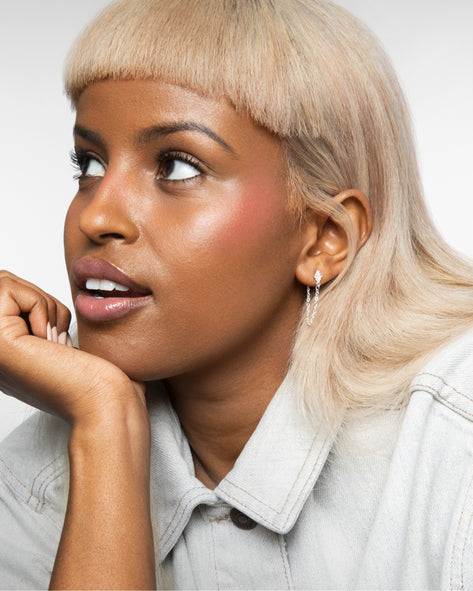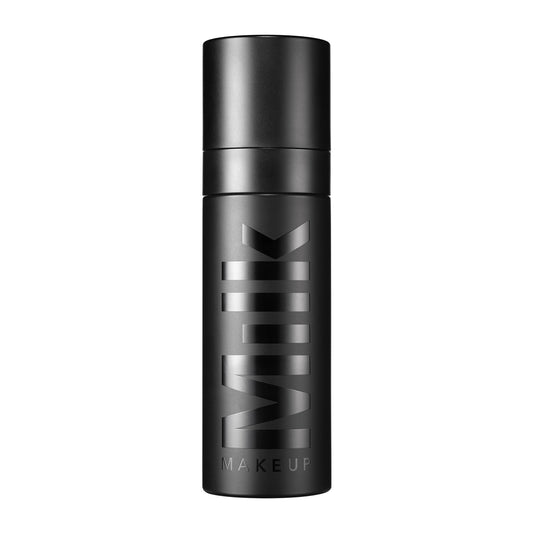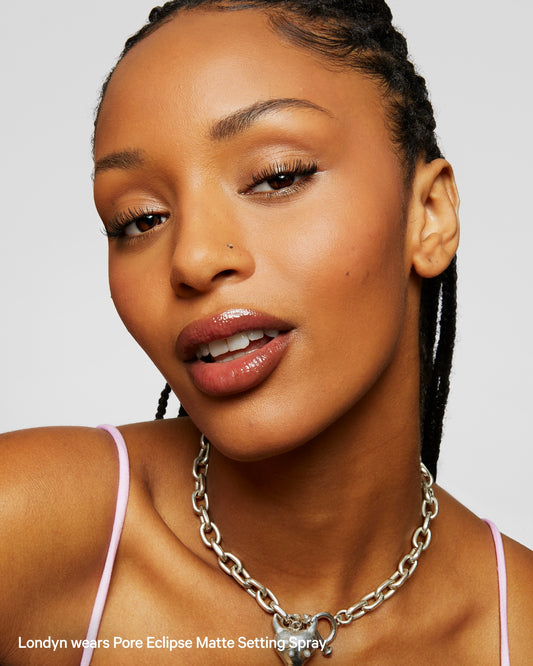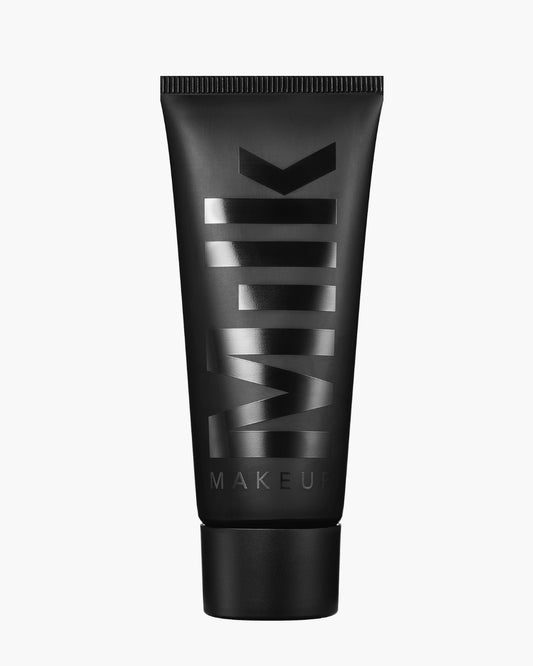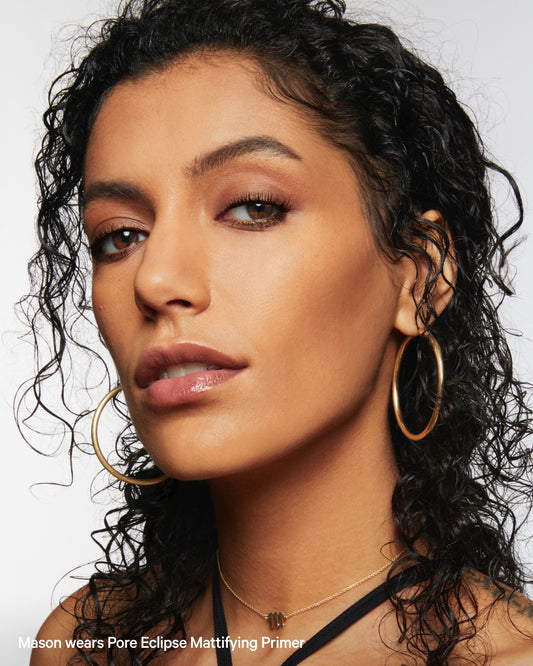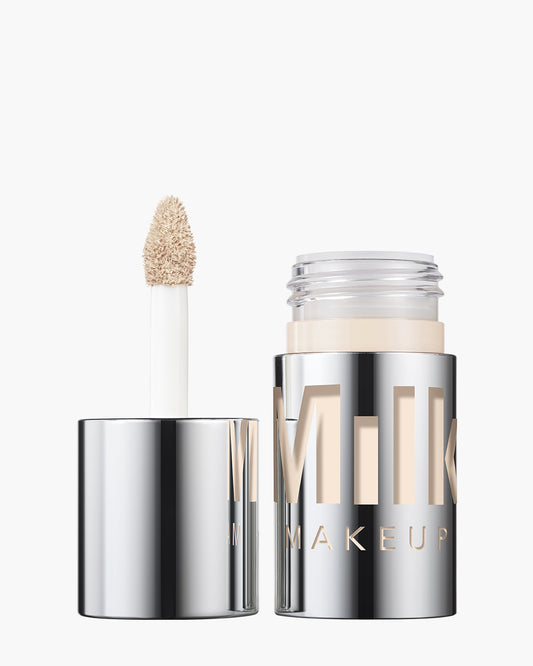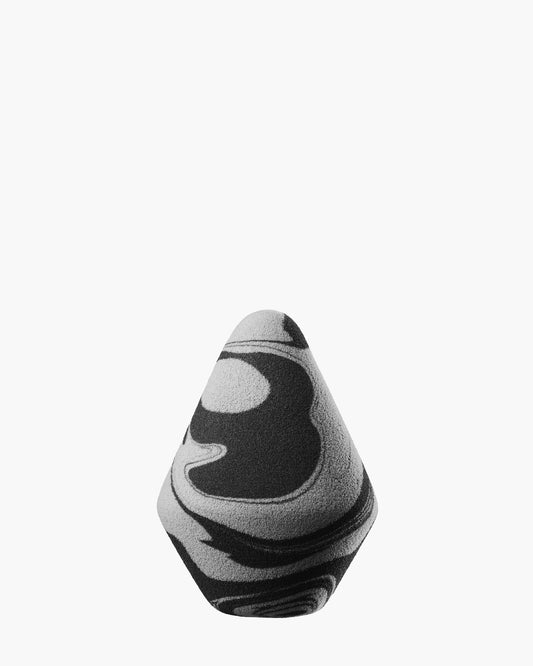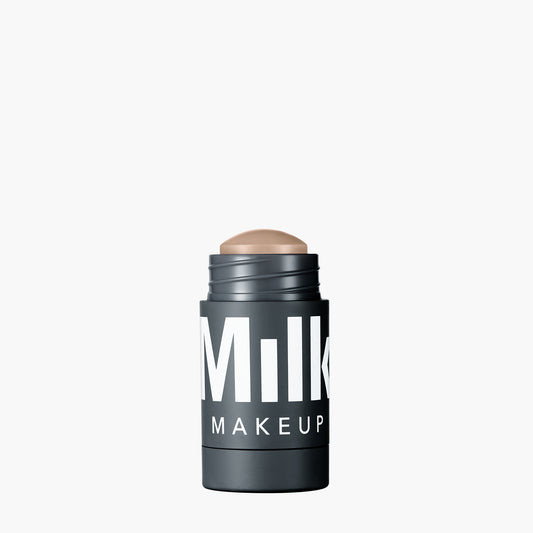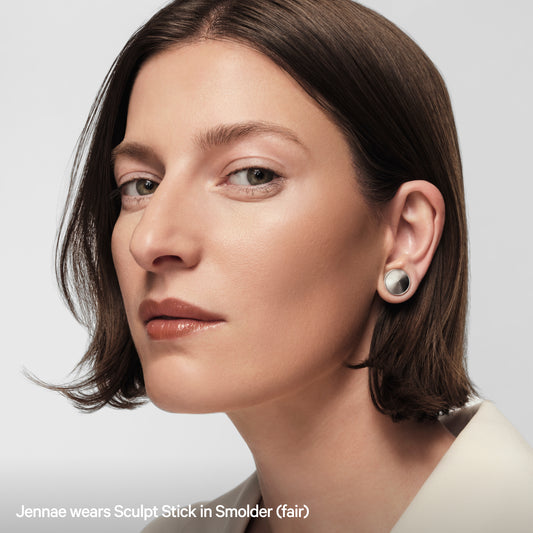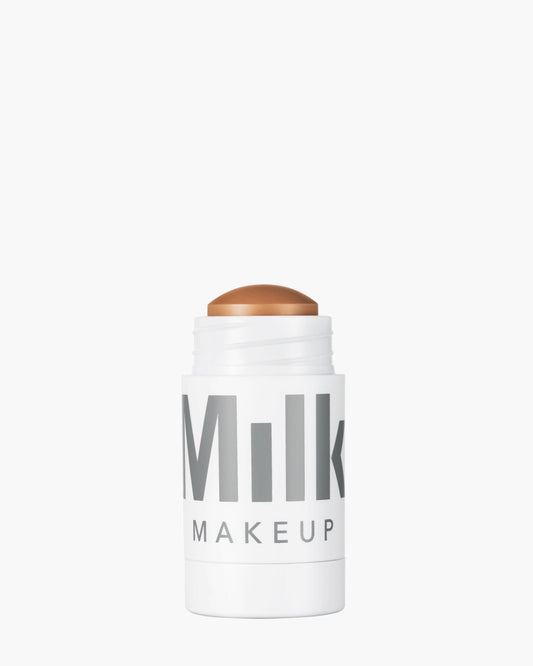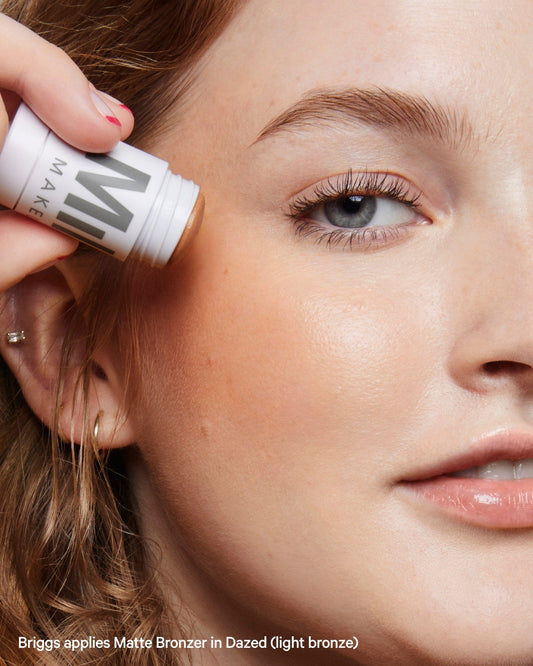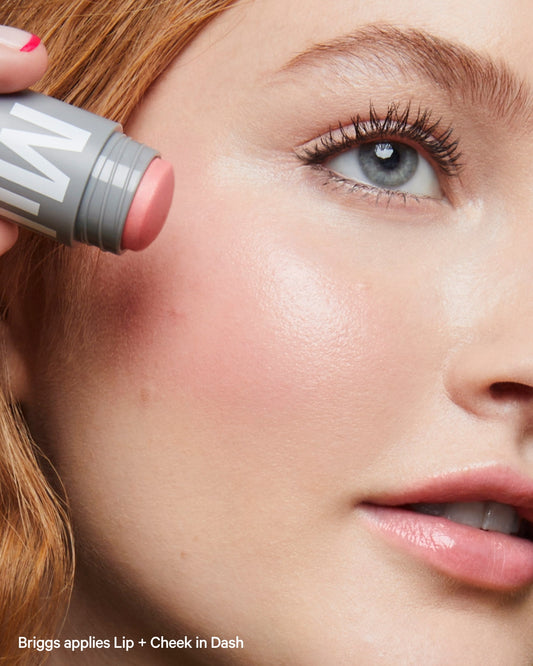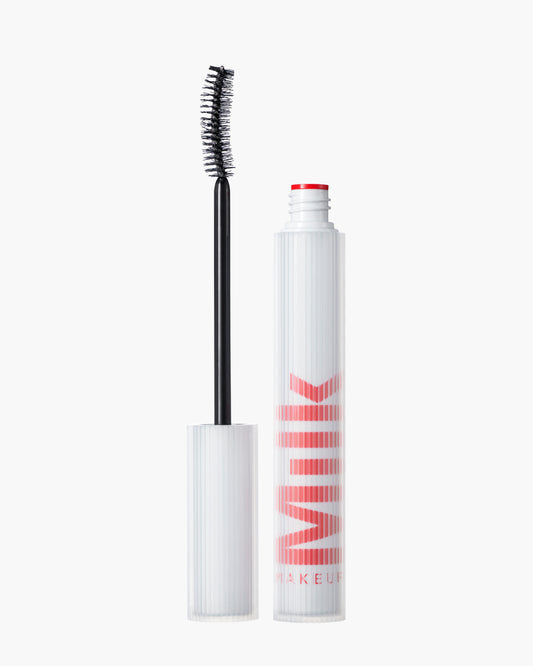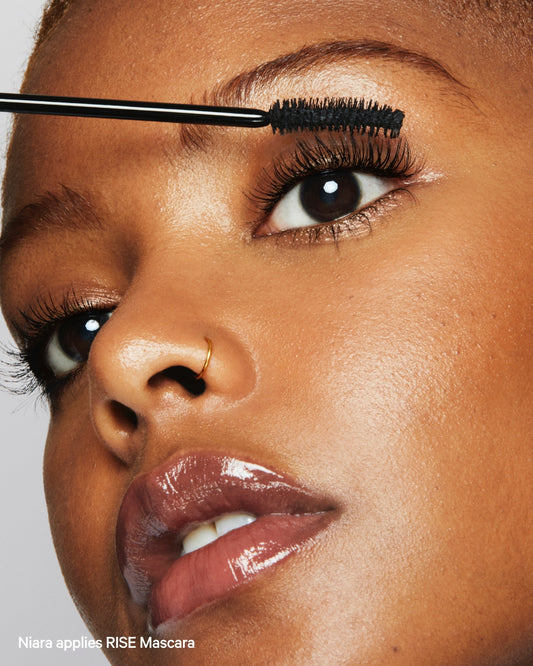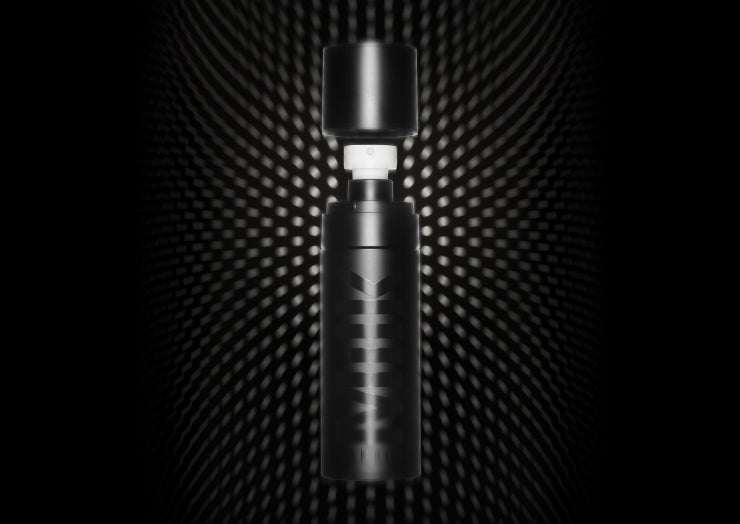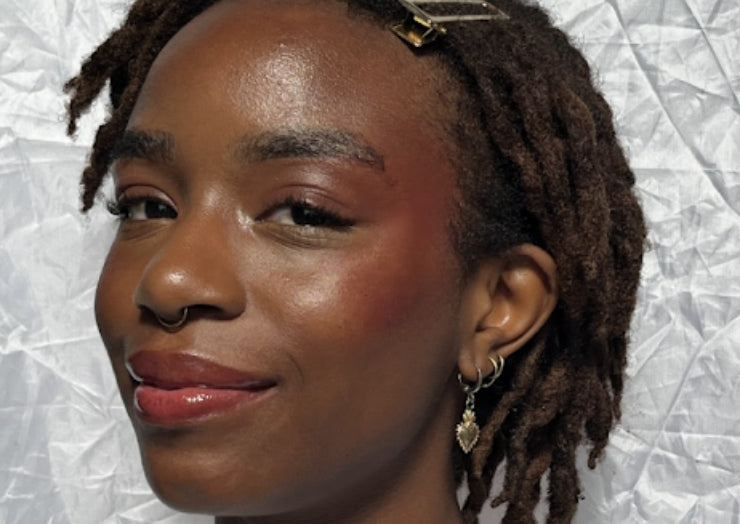Ever apply concealer, blend it out, and find it creasing and caking on you? Don’t fret: You just need to know how to use setting powder on your under eyes so you never have to deal with it again. And lucky you, you’ve come to the right place if you want to learn how to get your under eye setting powder right every single time. We’ve outlined why and how this step is so important to your routine, and how to execute it perfectly. Plus, we tapped Milk Makeup Director of Artistry, Sara Wren, to share some pro tips on how to do it.
Why do you need setting powder on your under eyes?
Let’s backtrack a sec to understand the importance of setting powder in the first place. Its primary function is to “remove shine and add a finishing layer to makeup that helps with longevity and creating a smoother appearance on skin,” as Sara explains. “Setting under eye concealer and makeup is a very popular use for powder to help brighten darkness and lock everything in place,” she adds.
So if you haven't had time to properly catch your Z’s or just want to brighten up hereditary dark circles, you’re in luck. Concealers and setting powder work as a dynamic duo to help you get the look of brighter under eyes. Even if you don’t want so much brightness, a setting powder helps lock your concealer in place as extra crease-proof insurance.
How can you apply setting powder to your under eyes?
There are a few techniques to applyingsetting powder to your under eye, but this is the most foolproof.
1. Prep + prime your under eyeIt’s super important to be gentle with the skin underneath your eyes since it’s some of the thinnest on the body. To start, use a light hand to clean your face with a cleanser and water, then apply an eye cream.
|
|
2. Apply concealerAfter letting the primer dry down for 60 seconds, Sara says to go in with Future Fluid All Over Cream Concealer to brighten and cover any dark circles or redness. “The second-skin finish is unreal,” says Sara of this concealer. “I’m always searching for complexion products that become part of the skin instead of sitting on it or looking cakey. The skincare-first approach makes this one of the most natural medium-to-full coverage concealers I have ever used.” Use the flat side of Future Fluid’s pointed-tip applicator to swipe and cover dark circles. Blend with your fingertips, a brush, or a sponge. |
 Shop Future Fluid All Over Cream Concealer Shop Future Fluid All Over Cream Concealer
|
|
|
And there you have it! Setting you under eyes is super simple and with these tips, you’ll be doing it like a pro in no time!
Meet the Expert
Sara Wren (she/her) is the Director of Artistry at Milk Makeup. In her role, she does all the makeup artistry and direction for our Milk Makeup global campaigns, educates the staff and field team on application methods, stars in the brand’s social media videos, and travels to different markets spreading Milk Makeup’s good vibes. When she’s not on set, Sara loves experimenting with DIY hair colors, eating tacos, watching basketball, and scouring for vintage cosmetics to add to her impressive collection.
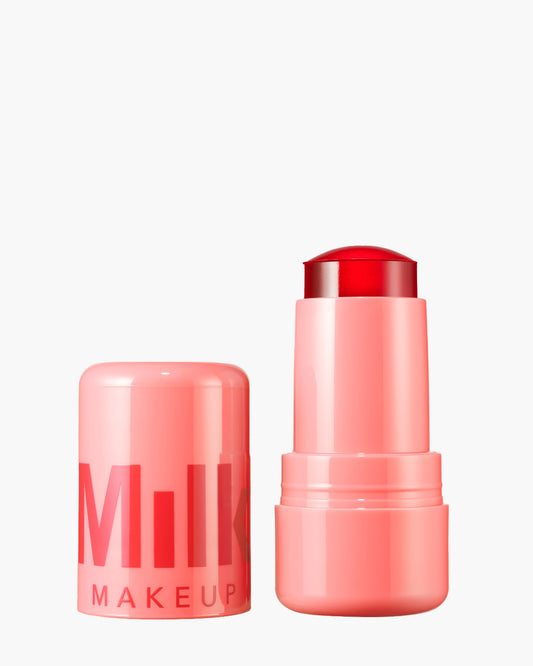
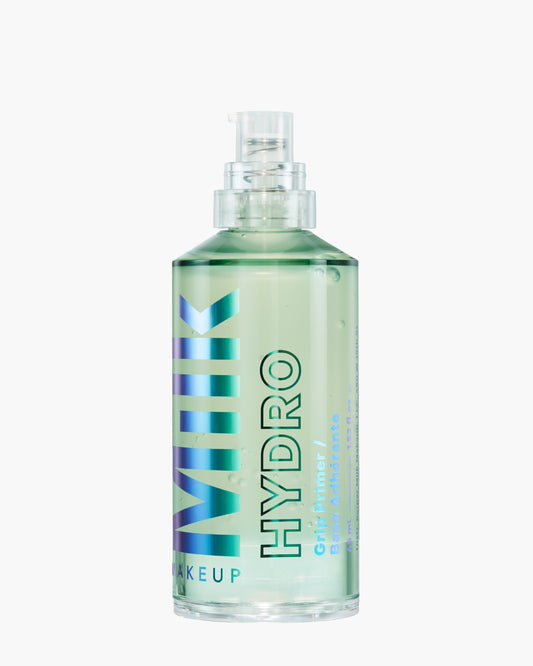
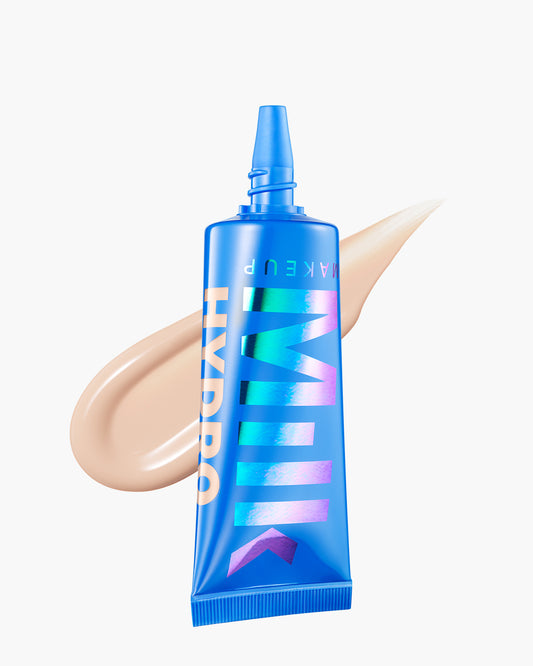
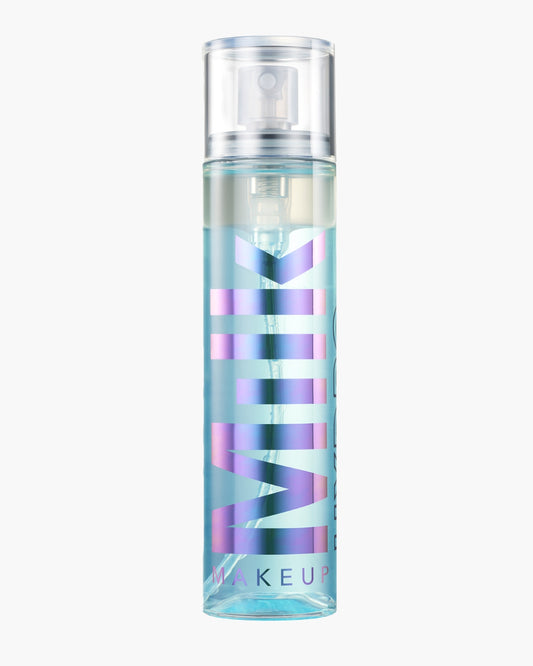
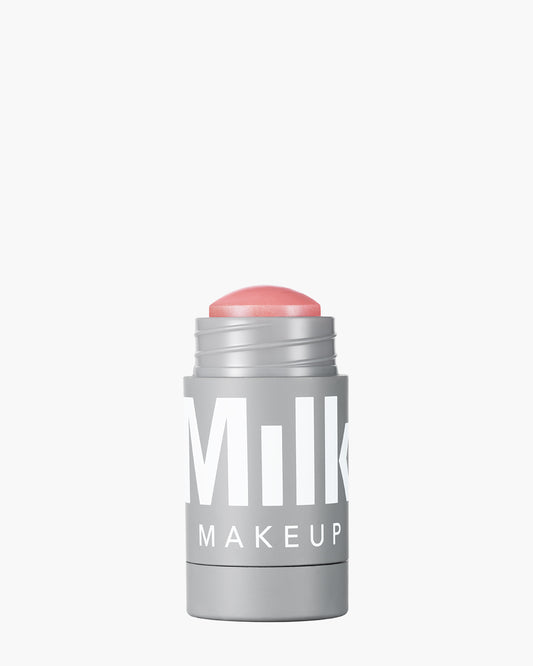
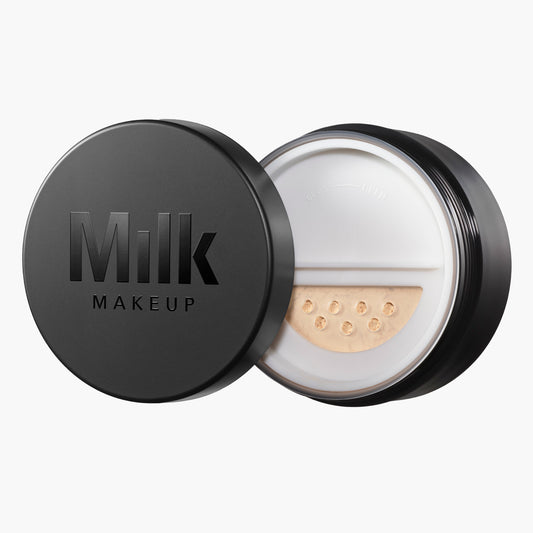
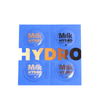
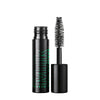
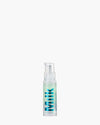
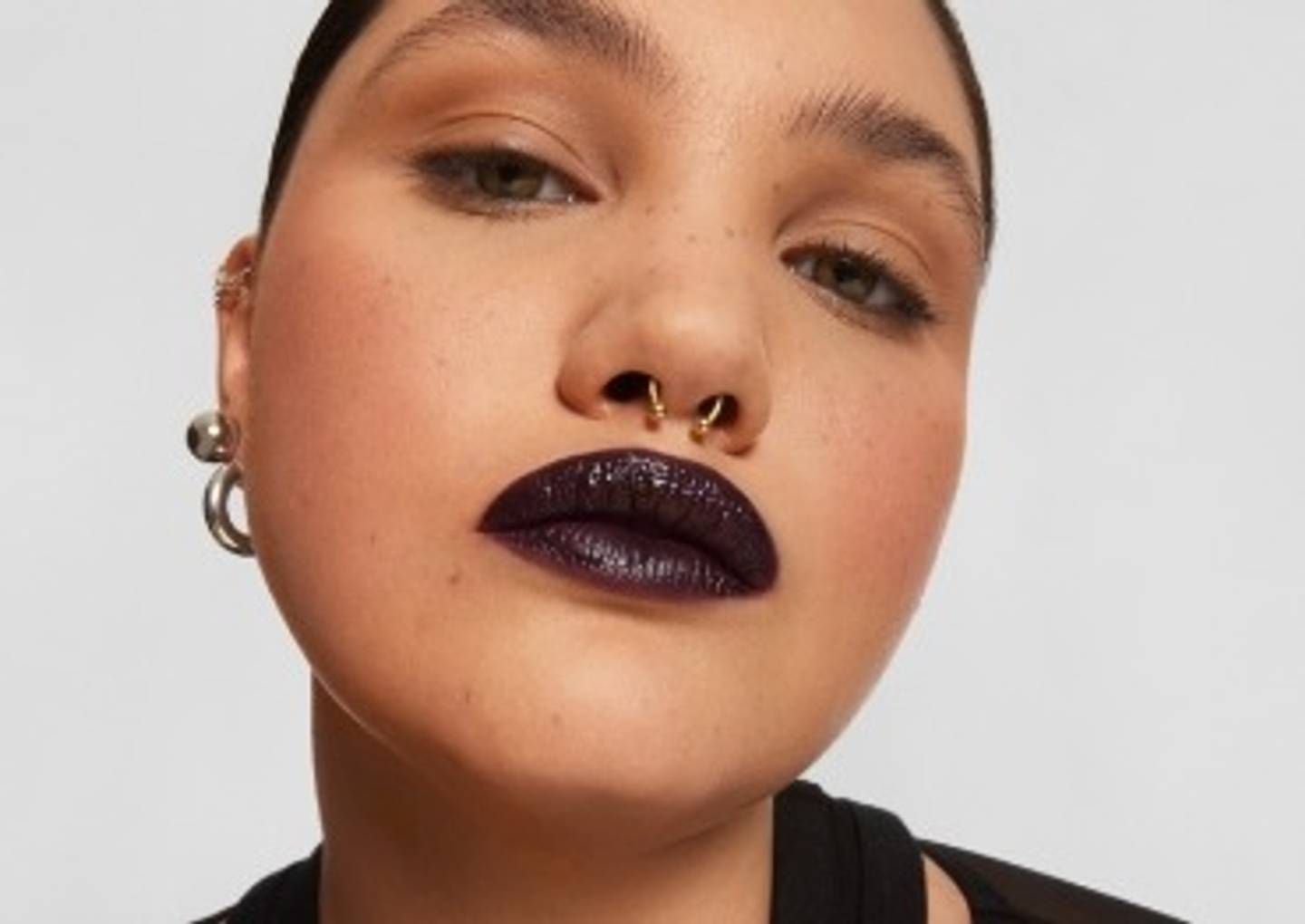
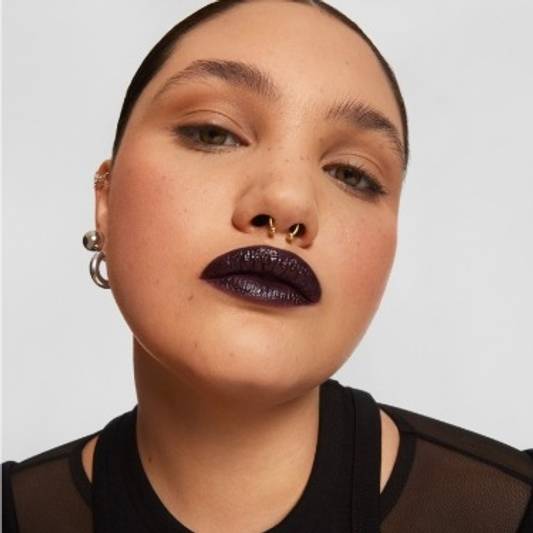


-%E2%80%A2-Instagram-photos-and-videos-v1713892805204.png?309x309) "
"